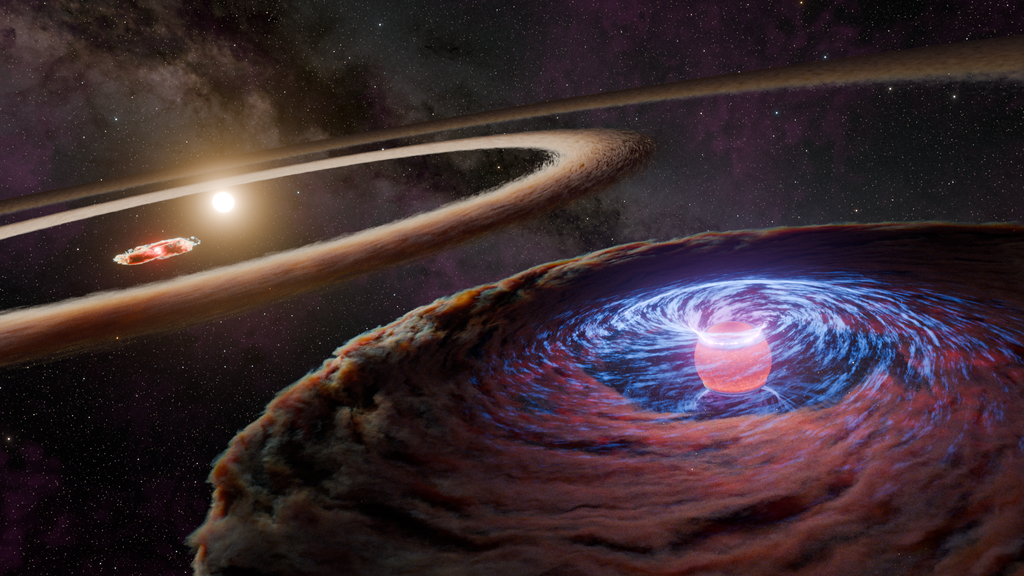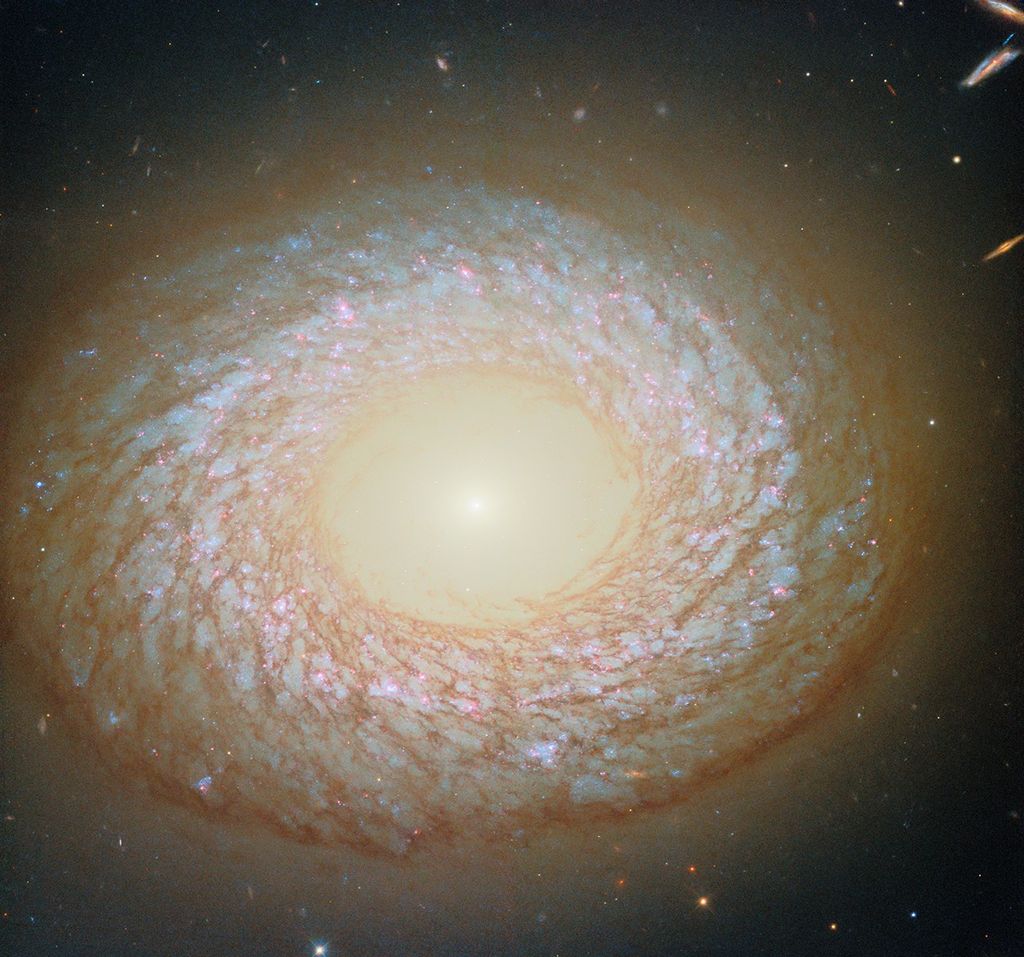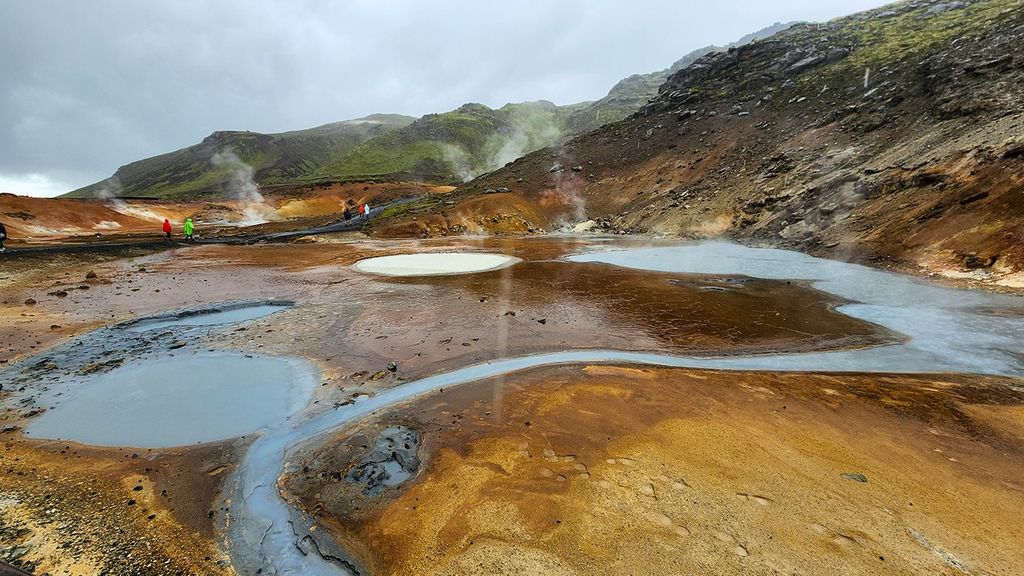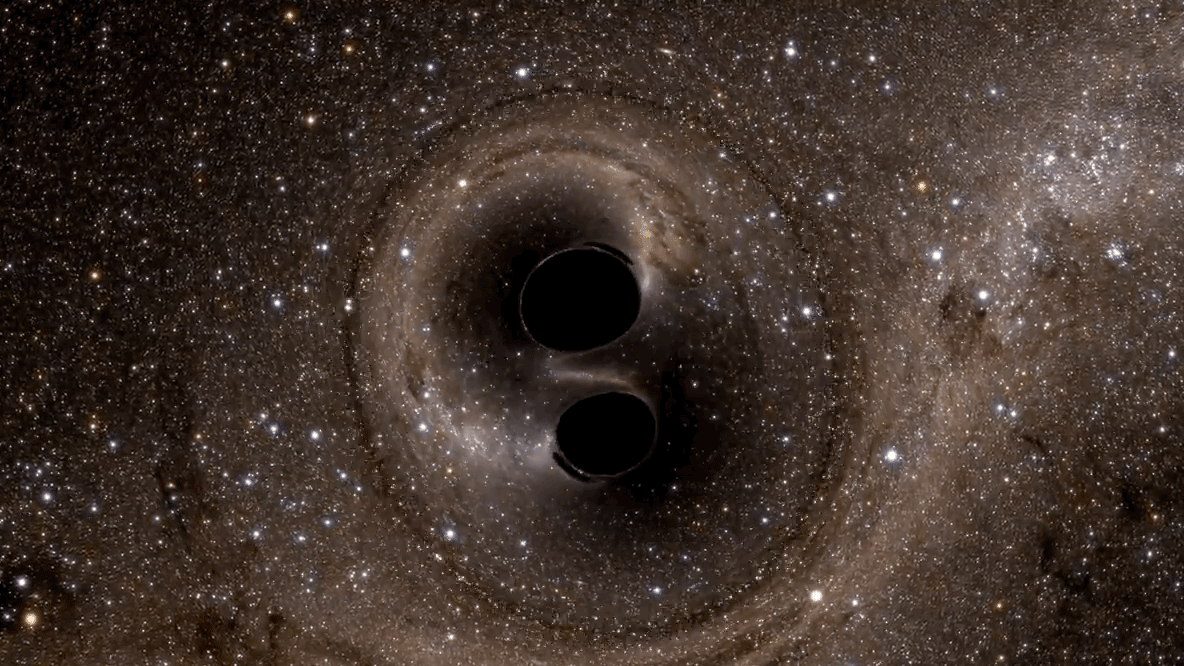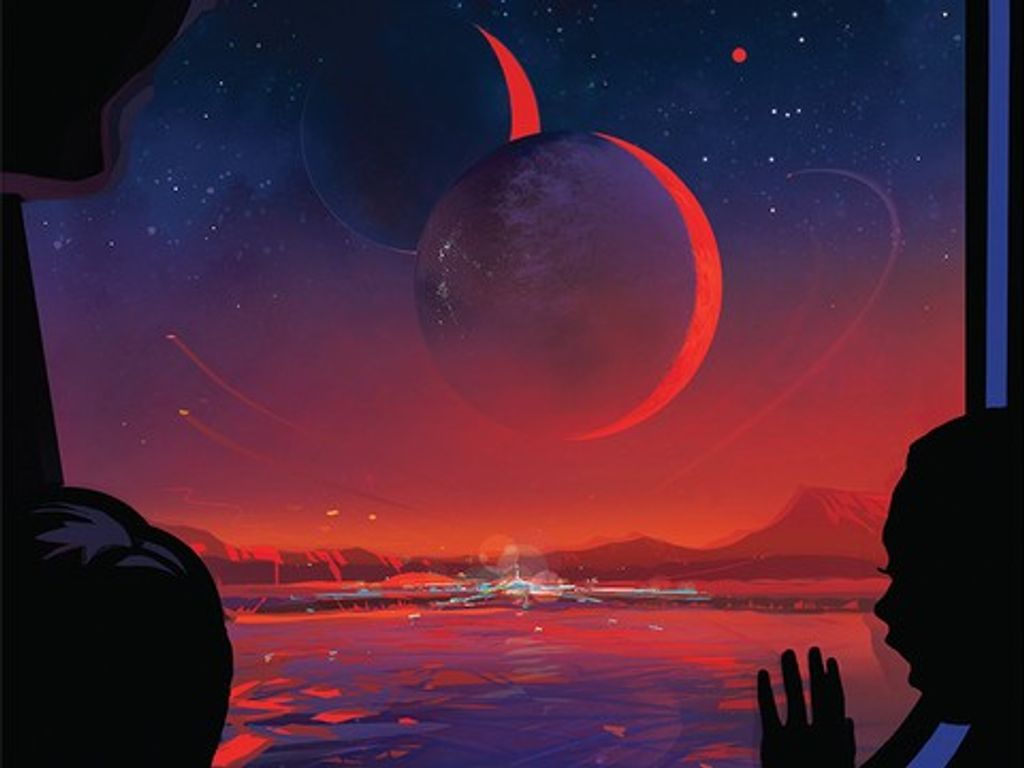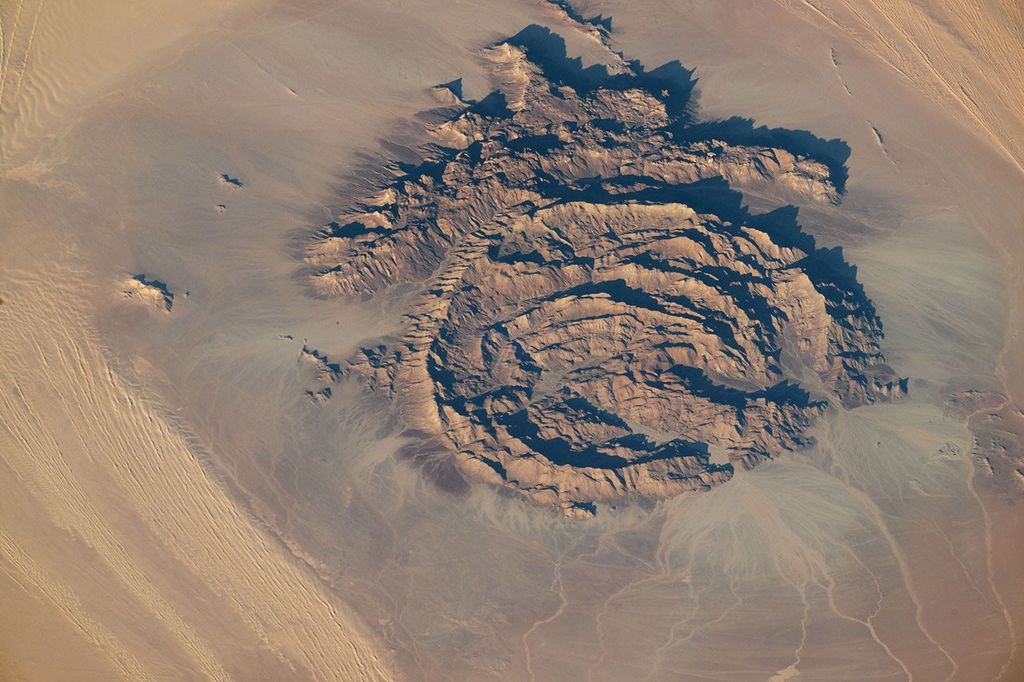Science with Webb
Revealing the Cosmos
Science discoveries made by the James Webb Space Telescope are expected to revolutionize our understanding of the cosmos and our origins within the universe. Webb’s large mirror, near- to mid-infrared sensitivity, and high-resolution imaging and spectroscopic capabilities will reveal parts of the universe hidden to our eyes, such as stars among clouds of dusts, water in the atmospheres of other worlds, and light from the first galaxies that ever formed.
Mission Goals
- Search for the first galaxies that formed in the early Universe
- Study galaxies near and far to inform the evolution of galaxies
- Observe the formation of stars, from the first stellar nurseries to the formation of planetary systems
- Measure physical and chemical properties of planetary systems, including our own solar system, and investigate the potential for life in those systems
Science Programs
There are several ways researchers can access Webb to conduct research:
- On a yearly basis, anyone in the world can apply for time and funding to use the telescope for a specific investigation through the General Observer (GO) program. GO time is competitive and proposals are evaluated for scientific merit and viability using a dual-anonymous review process.
- Researchers who were involved in designing and planning telescope operations—developing the key hardware and software components or sharing technical and interdisciplinary knowledge that helped develop the observatory—have been awarded Guaranteed Time Observations (GTO).
- Thirteen Director’s—Discretionary Early Release Science (ERS) observations will be carried out during the first several months of science operations. These observations are designed to demonstrate Webb’s capabilities and provide preliminary data sets for use by the global scientific community.
- All Webb data are archived in the Mikulski Archive for Space Telescopes (MAST), which is publicly and freely accessible online. Some GTO and GO investigations include a one—year proprietary period in which only the awarded team has access to the data, but after the exclusive access period, all data enter the public domain and are freely available to anyone in the world.
Exploring the Cosmos with Webb
Why Infrared?
The James Webb Space Telescope is equipped with specialized instruments that detect near-infrared and mid-infrared wavelengths, the light just beyond the red end of the visible spectrum.
It holds the key to understanding the early universe, galactic evolution, stellar birth, and atmospheric compositions. With its longer wavelengths, infrared radiation can penetrate dense molecular clouds, whose dust block most of the light detectable by the Hubble Space Telescope’s instruments. Learn more about infrared astronomy.
Infrared Universe: Sombrero Galaxy video
Webb is an improved combination of the Hubble and Spitzer Space Telescopes—Hubble’s sensitivity and resolution, but Spitzer’s view of the infrared universe. View video details and more info.
Early Universe
The evidence is compelling that the universe began 13.8 billion years ago as an expanding cauldron of extraordinary energies.
But how did this raw energy turn into complex structures such as stars and galaxies? Webb will aim to finally help us piece together what may have happened. It is the first observatory that will be capable of observing the very earliest galaxies, and perhaps even some of the first exploding stars.
Extended Groth Strip (Hubble) image
Webb will take both images and spectra of the Extended Groth Strip (EGS), which includes at least 50,000 galaxies and could help greatly increase our knowledge of galaxies in the very early universe. Get the full Extended Groth Strip image.

Learn more about Webb’s study of the early universe.
Check out Webb’s observations of the early universe.
Assembly of Galaxies
Galaxies give the visible large-scale structure to the universe and host stars, planets, gas, dust, and life as we know it.
The distribution of galaxies can help scientists investigate dark matter and dark energy throughout our universe.
Webb is designed to study all stages and ages of galactic evolution. Webb will capture light from the first galaxies in their nascent stages of development; measure star formation rates within galaxies near and far; and create detailed maps of gas, dust, and even dark matter in our local universe. Webb’s studies are designed to help us understand the diversity of galaxy composition and structure over space and time; how galaxies form, interact, and change; and how supermassive black holes and their host galaxies influence each other.
Learn more about Webb’s study of galaxy formation.
Check out Webb’s observations of galaxies.
The Galactic Center in Infrared Light (Spitzer) image
The center of the Milky Way galaxy, hidden to optical telescopes by clouds of dust, will be penetrated by Webb’s infrared instruments. Get the full Milky Way Galaxy image.
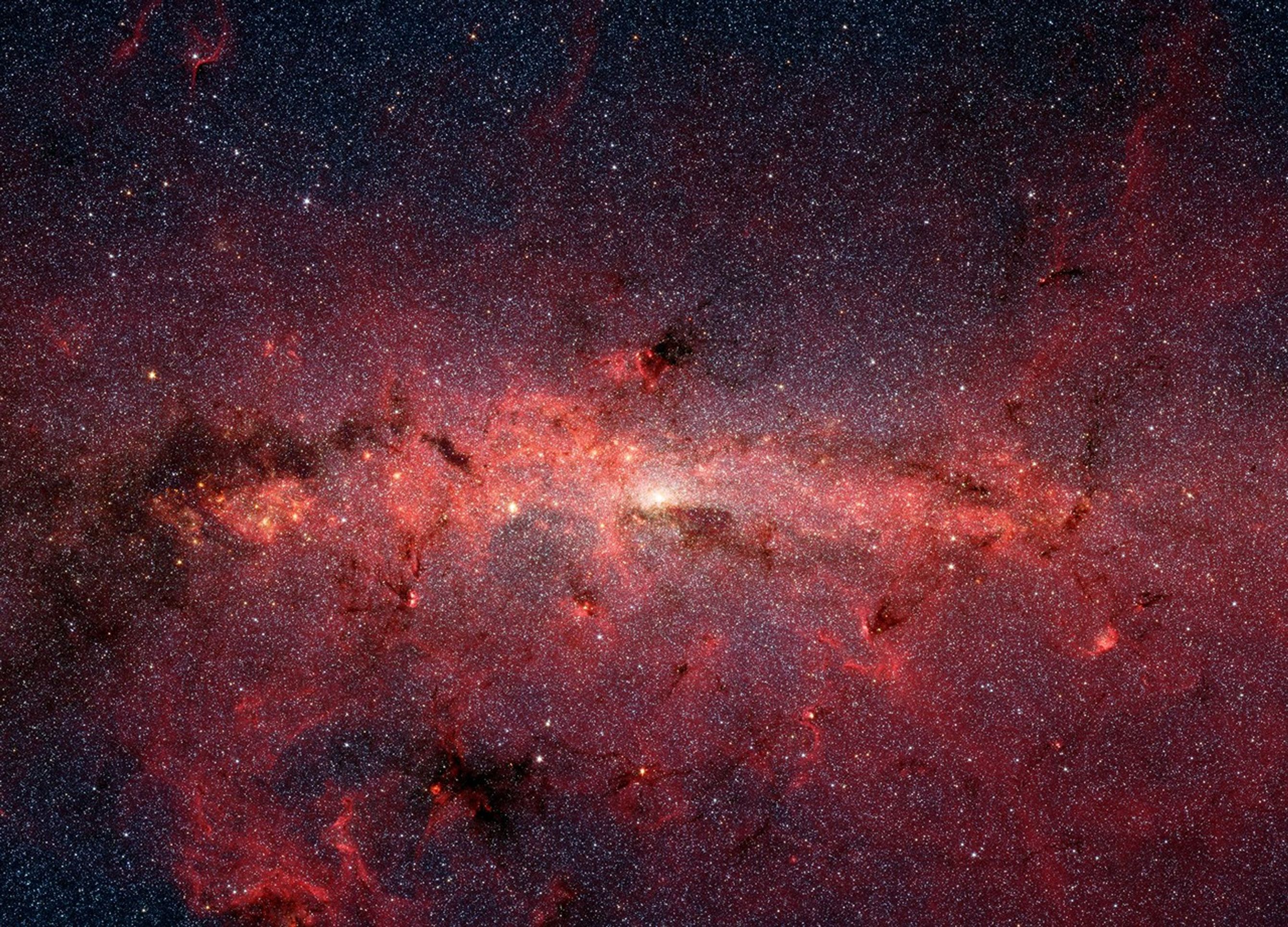
Star and Planet Formation
The James Webb Space Telescope, with its infrared capabilities, will be able to probe deeply into star-forming regions to study the conditions that lead to new stellar systems.
Webb’s near-infrared wavelengths can look into dusty stellar nurseries to study very young stars. Webb’s mid-infrared wavelengths will study the dust itself, and how those environments contribute to the formation, evolution, and diversity of stars and planetary systems. It will also analyze the composition and structure of the interstellar medium, cold molecular clouds that collapse to form stars, and the gas and dust ejected from dying stars. Webb’s observations are designed to answer questions surrounding star formation and evolution, stellar populations, star diversity, interactions between stars and their environment, and relationships between stars and planets.
Dive into Webb’s study of the star life cycle.
Explore Webb’s observations of stars and planet formation.
Snake in Galactic Plane (Spitzer) :
Webb’s sharp infrared vision will allow astronomers to survey developing stars still encased in their natal cocoons of gas and dust. Get the full 'Snake' image. Credit: NASA, JPL-Caltech, and D. Gouliermis (Max-Planck Institute).
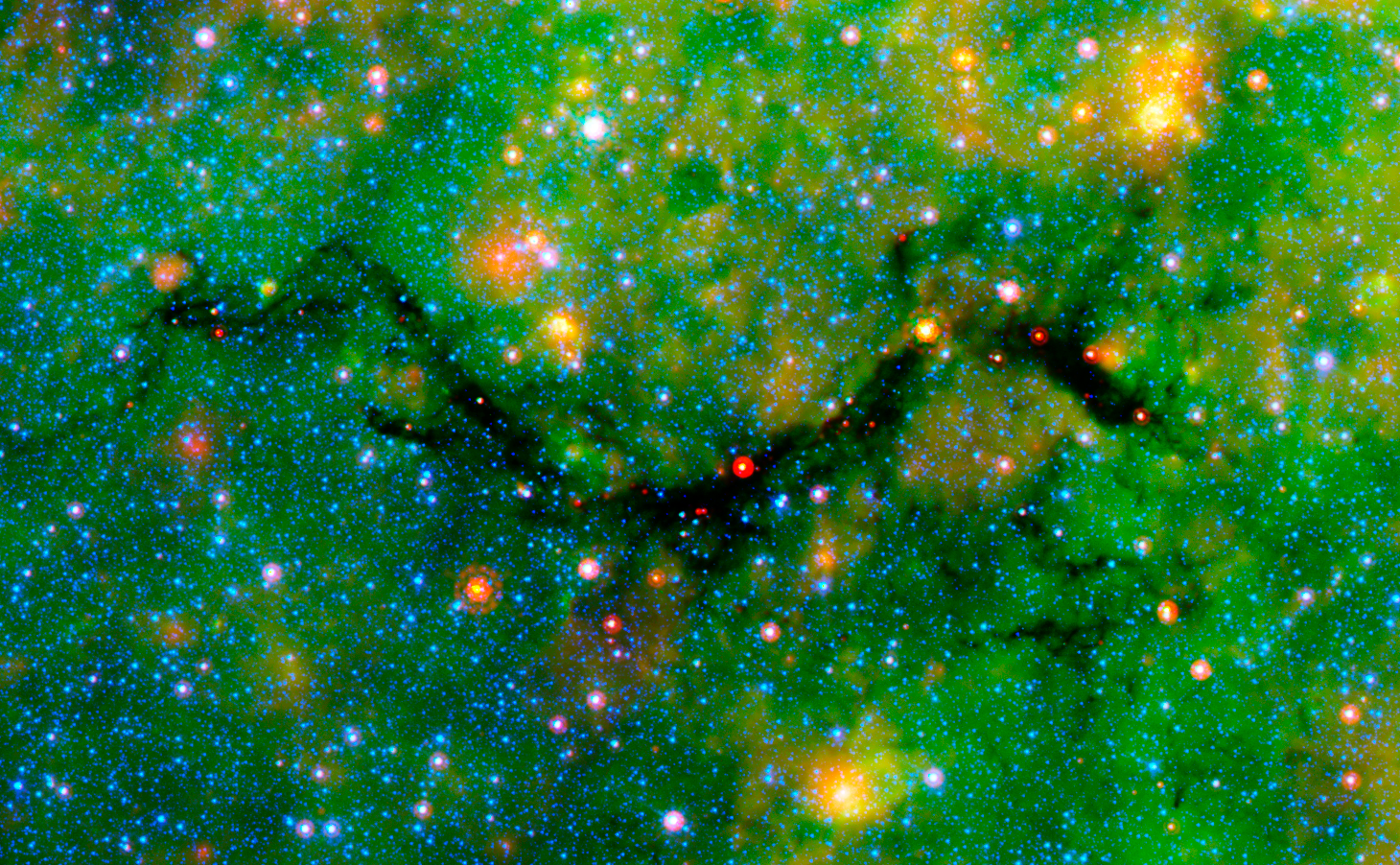
Distant Worlds
One of Webb’s most anticipated contributions to astronomy will be the study of exoplanets—planets orbiting distant stars.
Webb’s spectroscopic instruments will study the atmospheres of exoplanets, determining which elements are there and what they indicate about the world, including its potential to support life.
Webb expands on the work of other observatories like Kepler, TESS, Hubble, and ALMA in detecting and characterizing fully-grown planets, planets in the process of forming, and proto-planetary disks orbiting other stars in the Milky Way. Webb will image debris disks and large planets far from their host stars using its coronographs; will detect and help in modelling the composition and temperature structure of exoplanet atmospheres; and will help astronomers understand the influence of host stars on their planets. These studies provide insight into the diversity, formation, evolution, and potential habitability of planets and planetary systems in our galaxy.
Learn more about Webb’s study of distant worlds.
Explore Webb’s observations of exoplanets.
Exoplanet Illustration:
This illustration shows an exoplanet orbiting its much brighter star. Webb’s coronagraphs will allow scientists to view exoplanets at infrared wavelengths they’ve never seen them in before. Get the full exoplanet illustration. Credit: NASA, ESA, and G. Bacon (STScI).
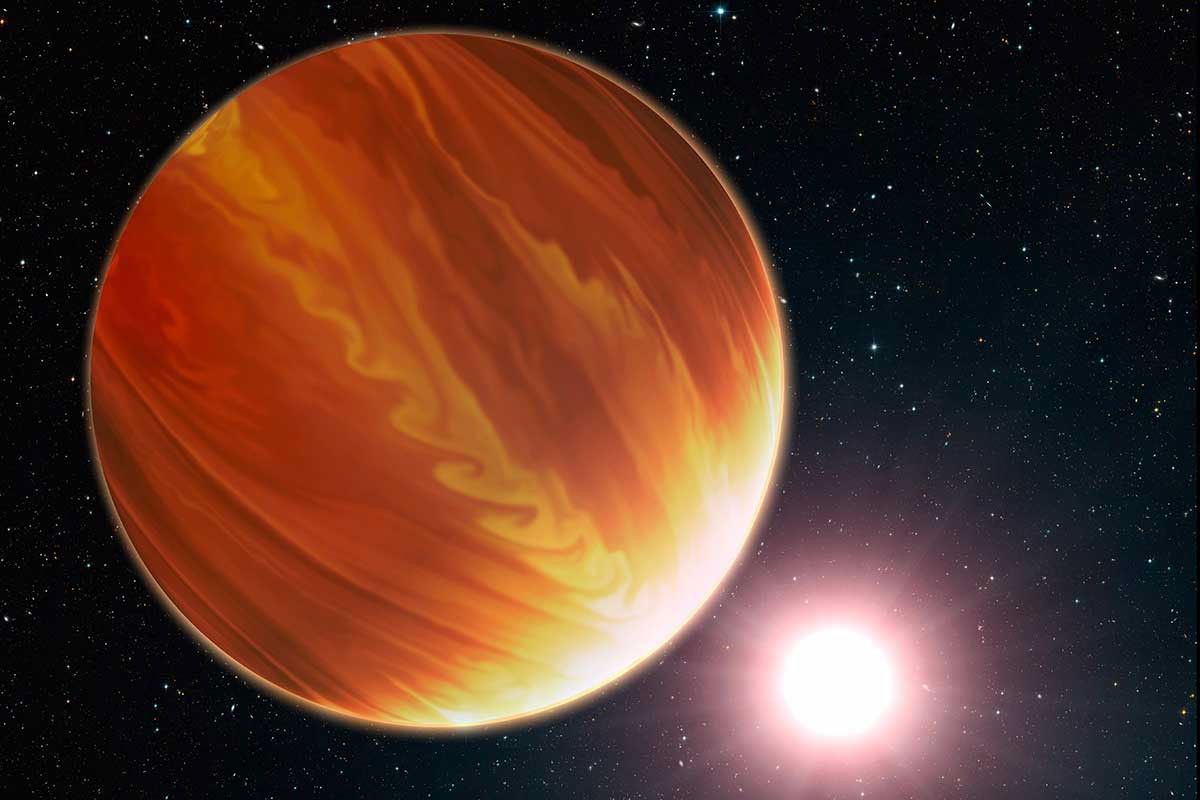
Our Solar System
While Webb is set to target and study some of the most distant cosmological objects to date, there’s still much to learn about the objects closer to home.
Webb’s infrared capabilities will allow astronomers to characterize the surfaces and atmospheres of planets, moons, comets, asteroids, and Kuiper Belt objects in the outer solar system (beyond the orbit of Earth). These studies are designed to help us better understand the origin and evolution of rocky, icy, and gas-rich objects in our solar system, which also serve as a benchmark for comparison to objects orbiting other stars, like exoplanets. They also will help astronomers understand how the weather and atmospheres of planetary bodies, both past and present, compare to that of Earth, potentially unlocking clues to the origins of our planet and life as we know it.
Find out more about how Webb will study our solar system.
Learn more about Webb’s discoveries in our solar system.
Saturn and Its Aurora (Hubble) :
Astronomers are eager to use Webb’s spectroscopic instruments to look for seasonal changes in Saturn’s atmosphere. Get the full Saturn and its Aura image.
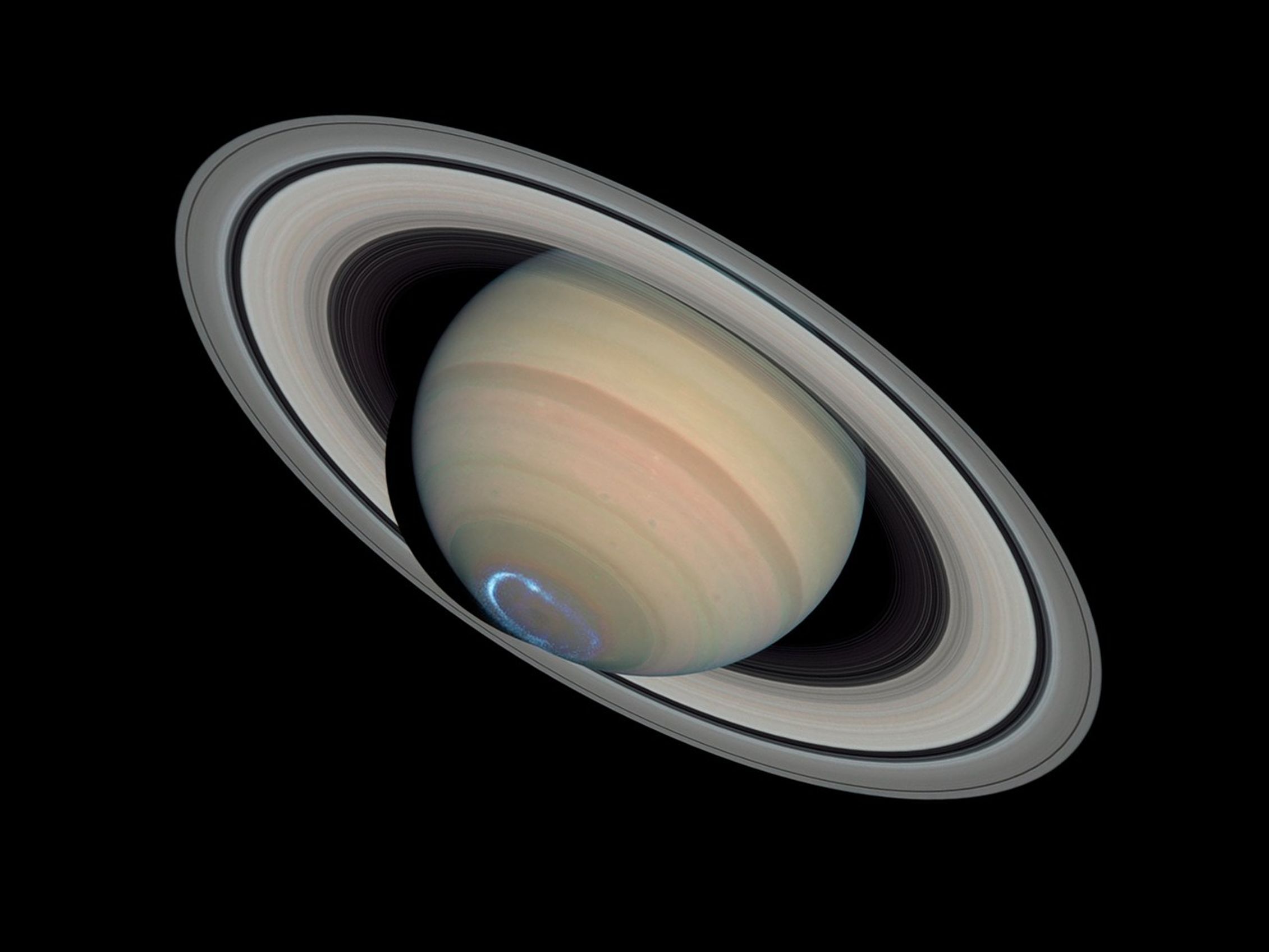
Additional Resources
Explore articles and videos about Webb’s science.
Dive into more details about Webb’s science focus.
Space Telescope Live: Get details on Webb's past, current, and upcoming observations.

